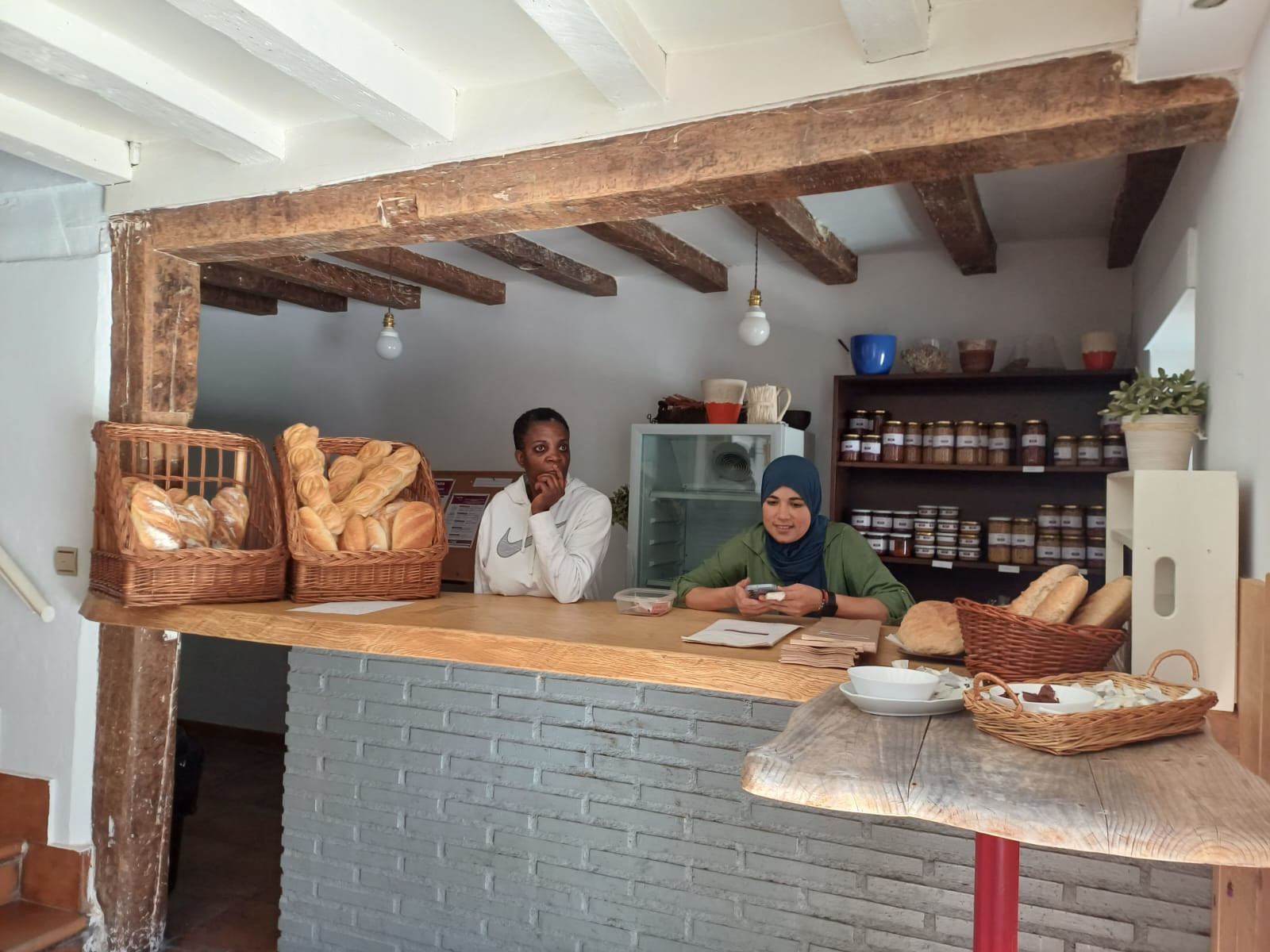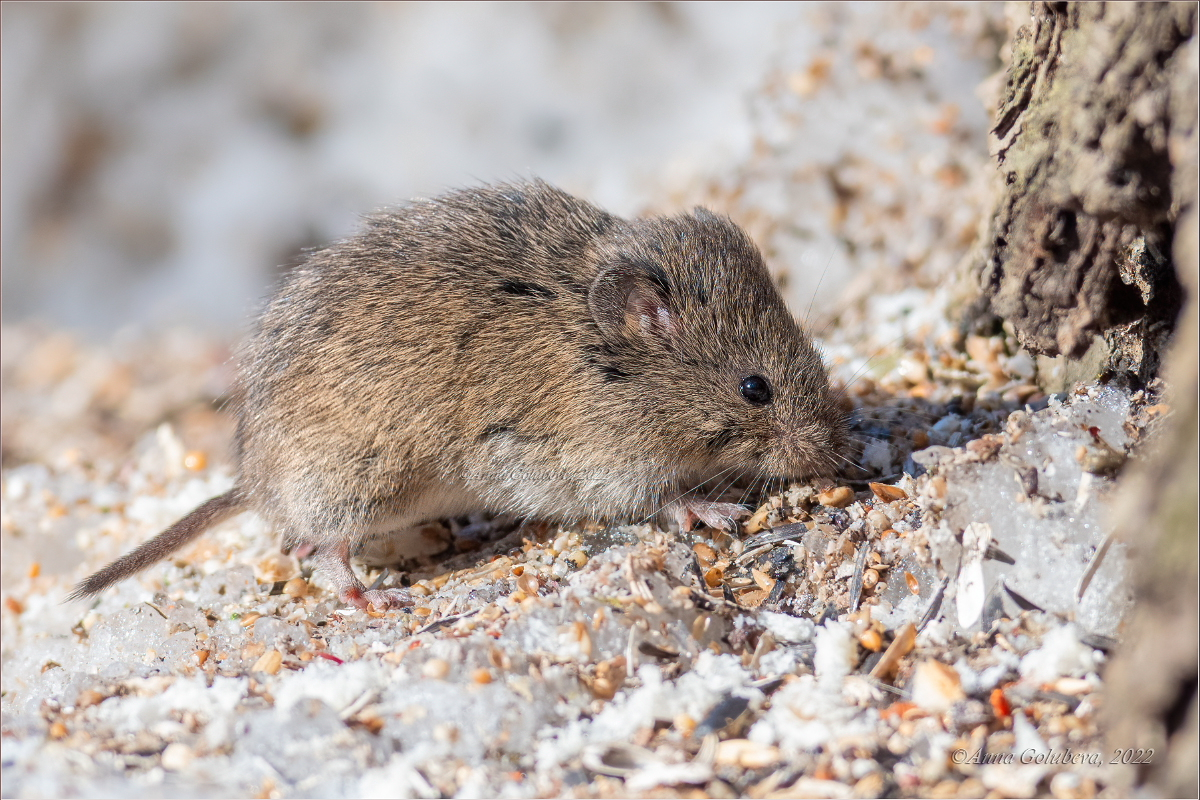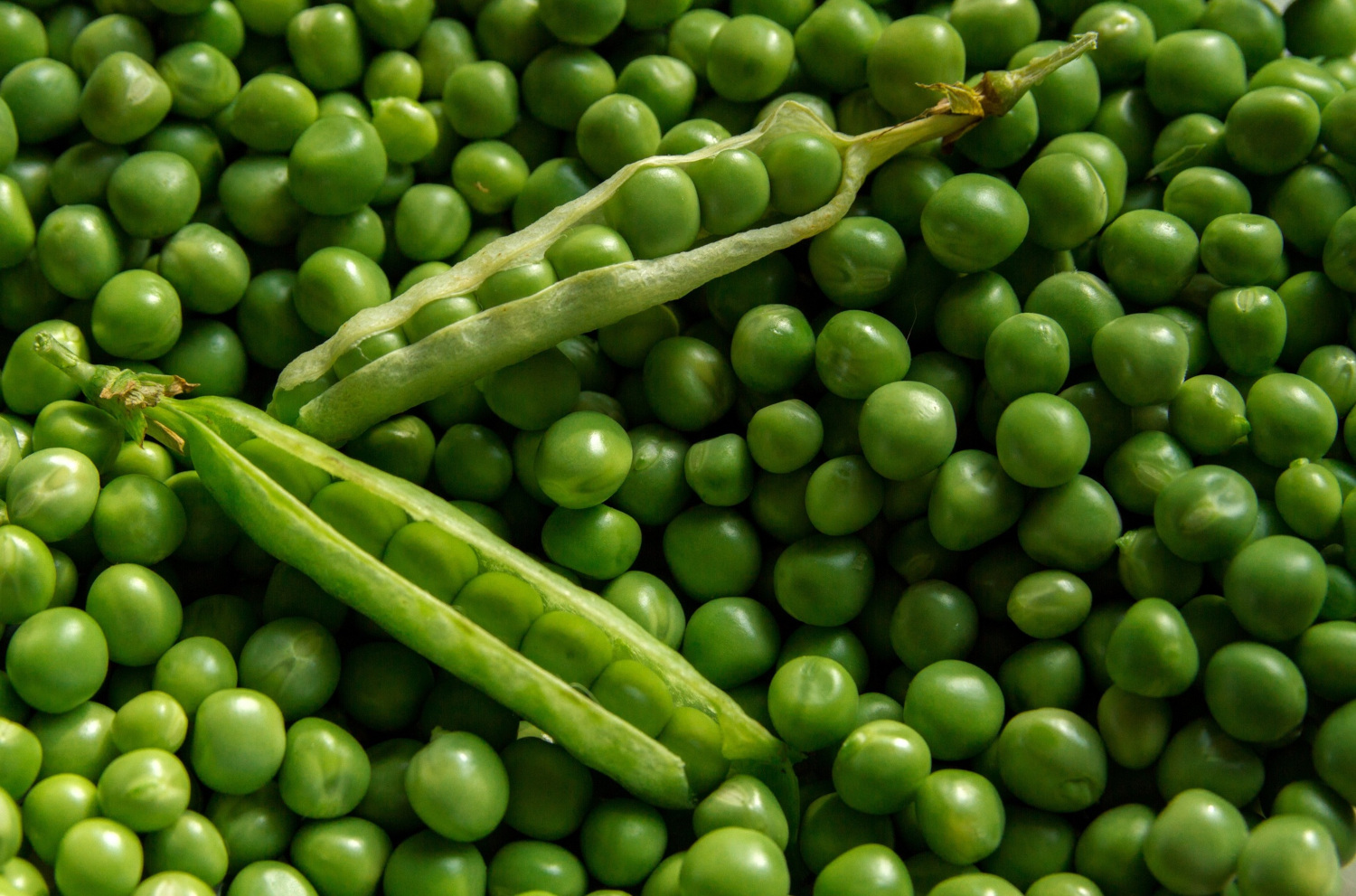A sieve was used to make a quality powder.
- Been to Paris for some time? You may have visited the Palais Garnier Opera House at the Opera Plaza. I'm not fond of visiting them, but next time I've been curious to approach. I want to know the columnillas of the balconies of the interior of the large local staircase, 189 columnillas of 55 cm high.

These columns are made up of a special, fluorite stone, with fragile minerals and spectacular crystals of many colors. Around 1860, the architect, Charles Garnier, who later named this palace, wanted to amaze Paris with this curious stone. In order to do so, he resorted to the Voltennes mine in the Sierra de Morvan, whose fluorite he liked. It was not easy to access from that rock without fractured or fractured large stone mounds, for which they used a special shout or gunpowder. At that time, it was called black gunpowder or rifle gunpowder. This powder is a eardrum made up of: 40% potassium nitrate or salpetro, 30% sulphur and 30% charcoal. This mixing ratio is not usual, the normal firing powder has half of the two final components.
The quality of the powder depends on the charcoal used. If you want to use coal for black gunpowder, you must burn the wood with the pyrolysis at 500º. Since time immemorial, the best woods for this charcoal are known, such as Zumalakarra (Frangula alnus), Goat Willow (Salix caprea) and Plum (Prunus domestica). The best thing is that of the olms, which makes charcoal porous and light. The Regulation of 1669 by King Louis XIV of France for the protection of forest raw materials, which establishes the monopoly of the exploitation of the cliff, is known as the Regulation of France for the protection of forest raw materials in wartime when gunpowder was important.
Zumalakarra is a little-known plant. It is abundant, but in the same way that its uses have been forgotten or abandoned, it has also been left in the body of memory. Lover of wet places and acidic soils, it is increasingly visible in the Atlantic landfill. A shrub of about 4 meters is built. On bright dark skin, the round painters’ patch stands out. The skin itself is used as a dye to obtain different colors depending on the position of the skin between the butter and the earth. The branches are also not bad for basket, flexible and elegant color. Its flowers are filled with delicious nectars for the enjoyment of pollinators. From them will come the fruits, at first green, then red and black at maturity. They have a sugar point, but they're toxic. However, the twins are very dear, perhaps because of their psychotropic effect. It has the red wood muscle and white fat, which has been used as for charcoal for the elaboration of foot heels, nails, veneers, etc. It's been used to split them in orchards.
The skin has often been used as purging, but it has been taken with care, its size, its effect is very violent and you may be seeing the redder if the dose is exceeded. Another gunpowder…









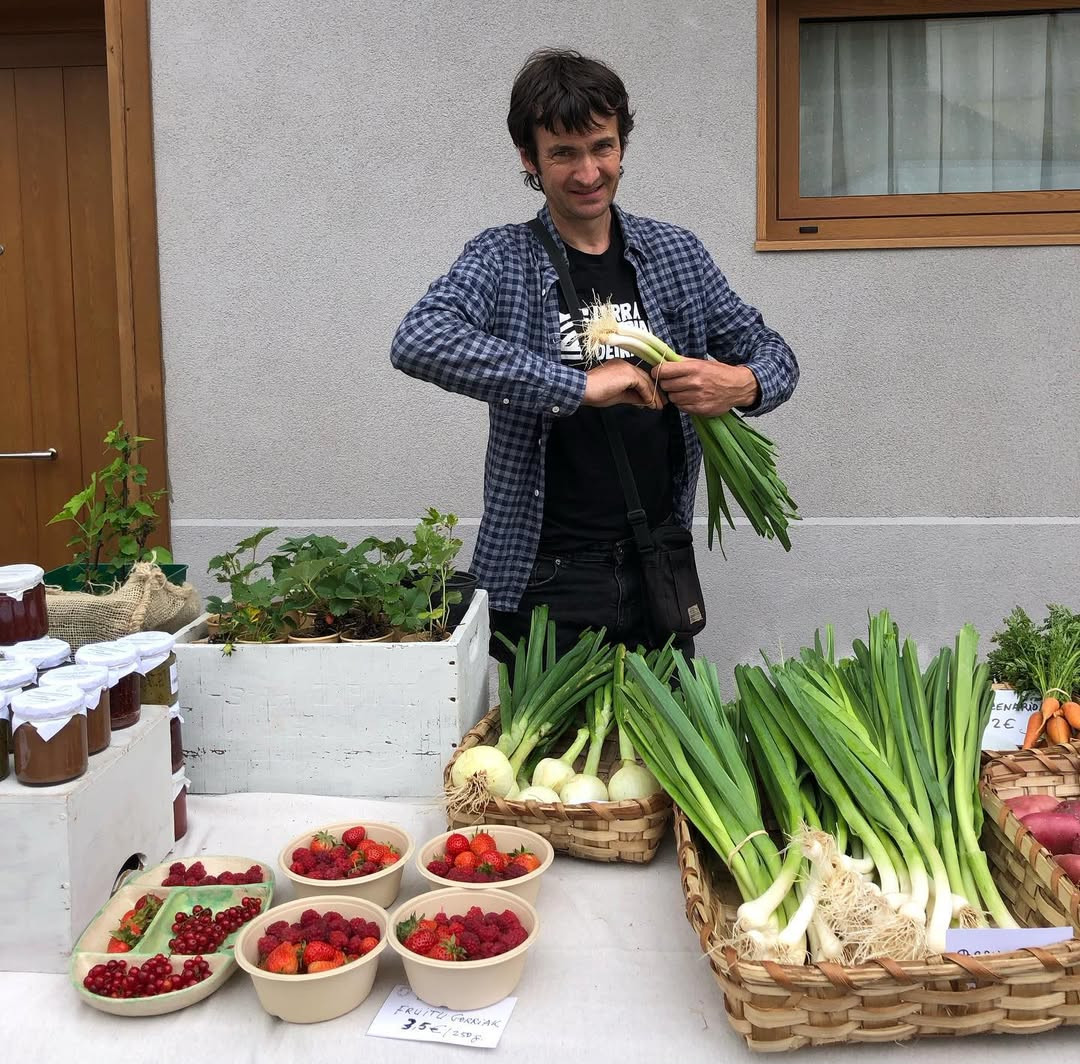

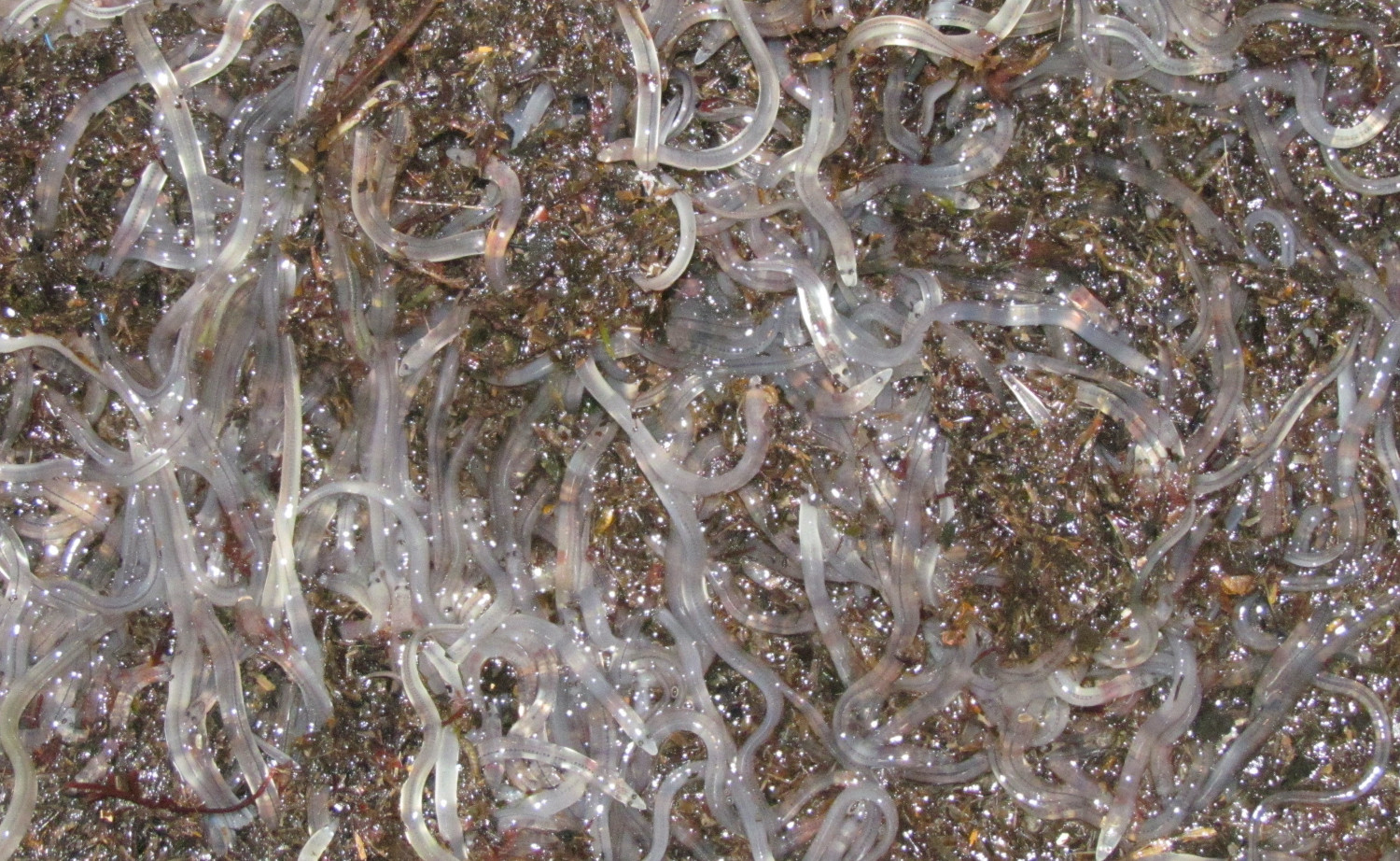
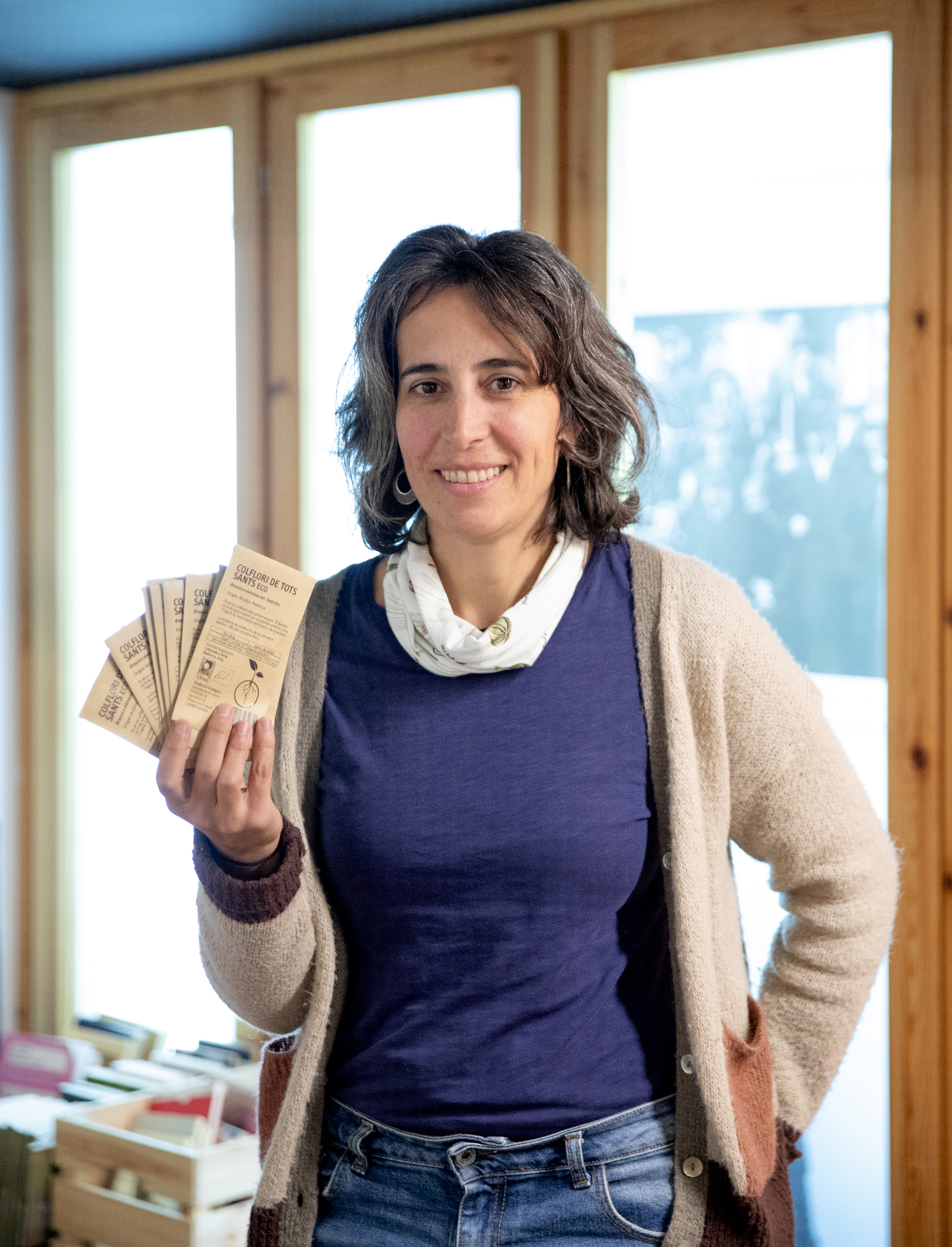

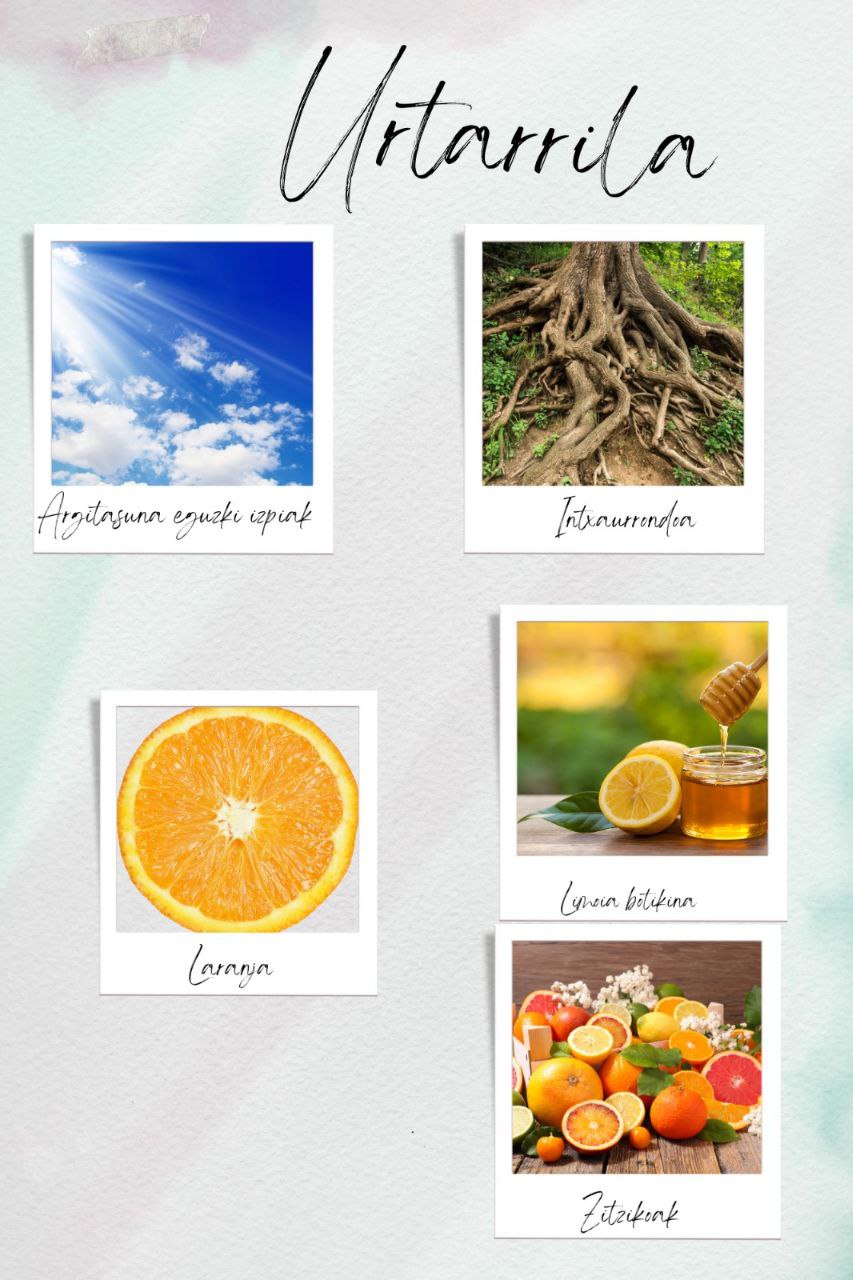


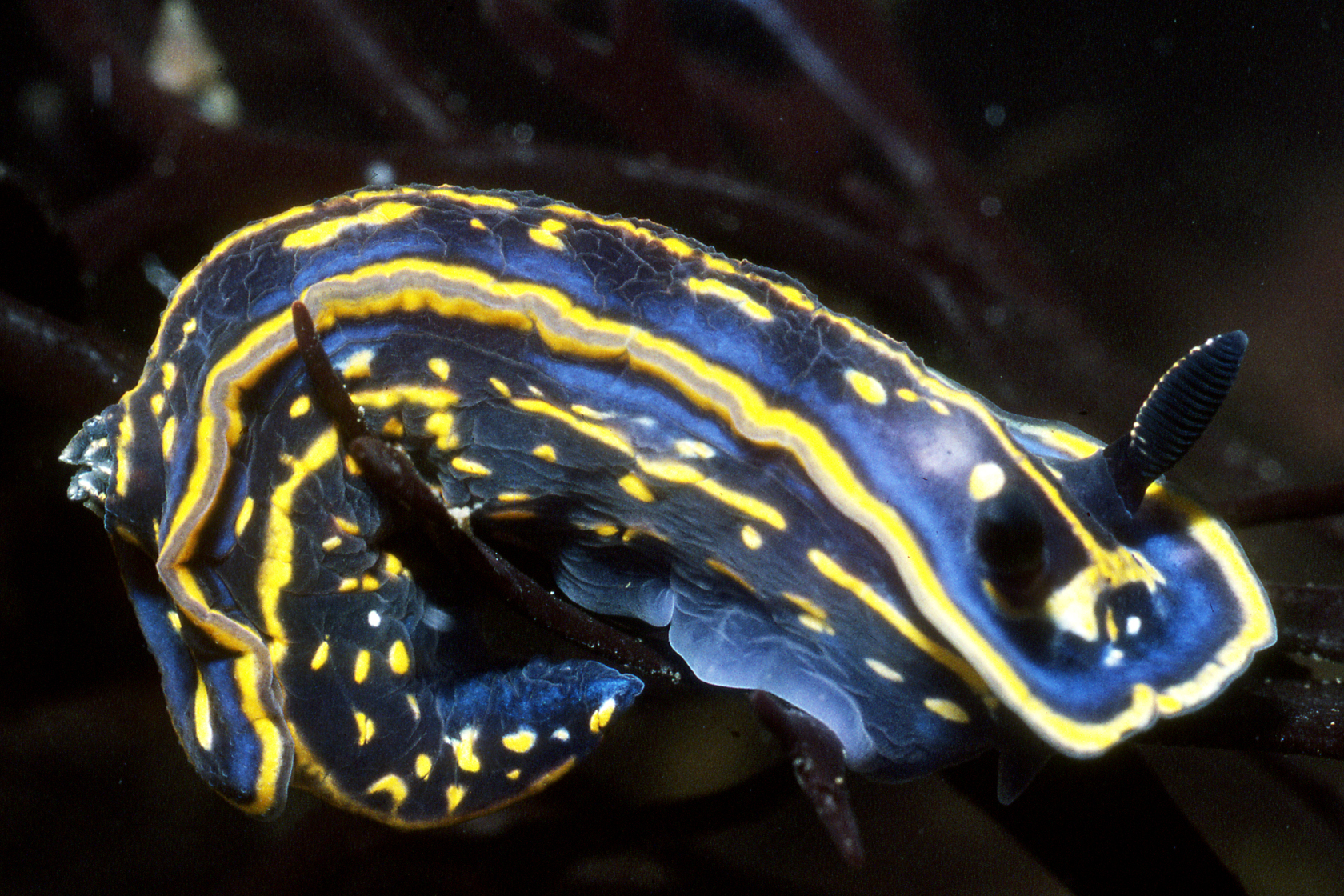
-(1).jpg)
